Spy Combo Pauper Deck Tech & Sideboard Guide
.jpg)
With over 60+ decks since June first, one Pauper combo has quietly been gaining traction among grinders and brewers alike: Spy Combo. While it might look like a pile of janky ramp creatures and draft chaff at first glance, don’t be fooled—this deck can win out of nowhere as early as turn 4 and is surprisingly resilient when built right. Today, we’re breaking down exactly how this graveyard-fueled machine works, why it’s popping up more often in leagues, and how to pilot it for maximum consistency. Let’s dive into the engine room of one of Pauper’s sneakiest win conditions.
Table of Contents
Pauper Spy Combo Deck Overview


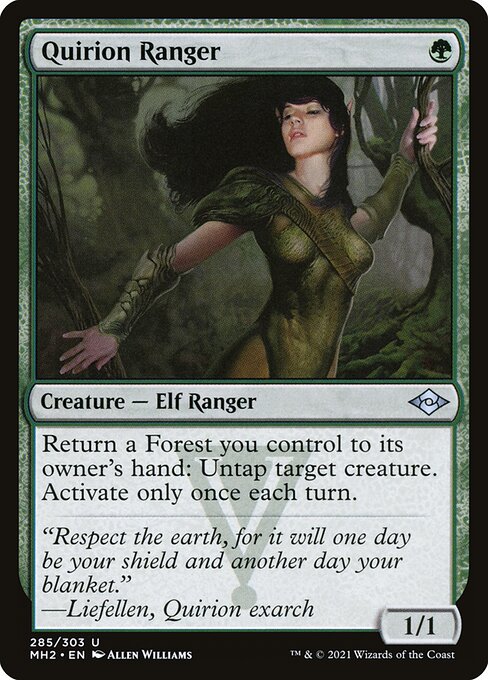
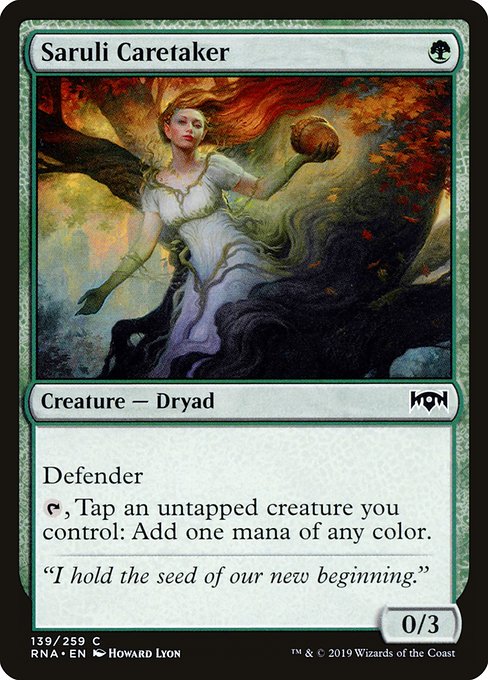
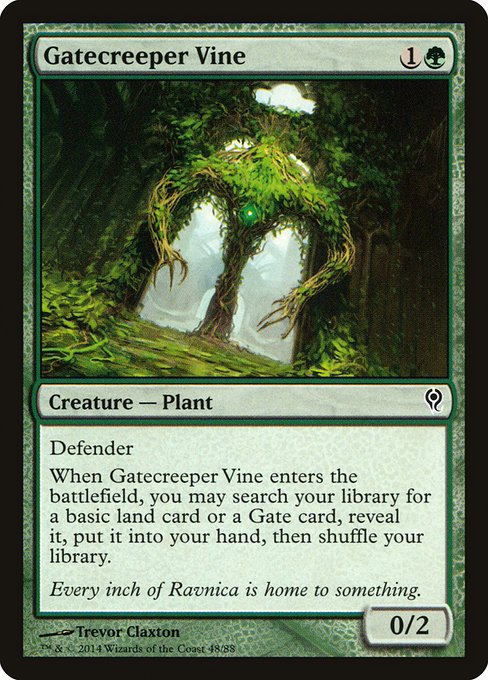
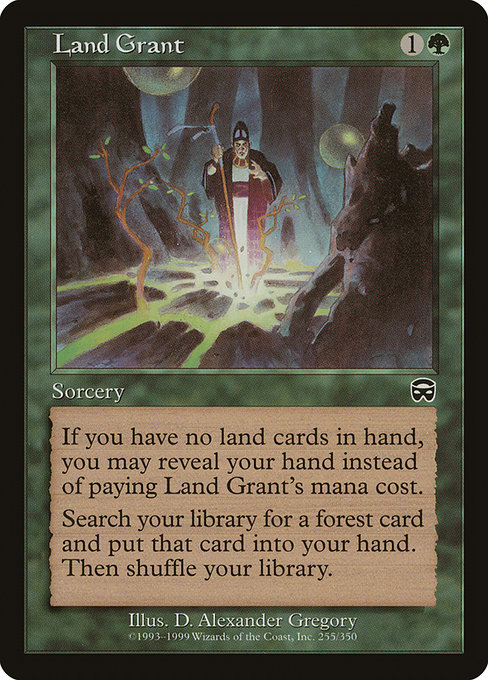
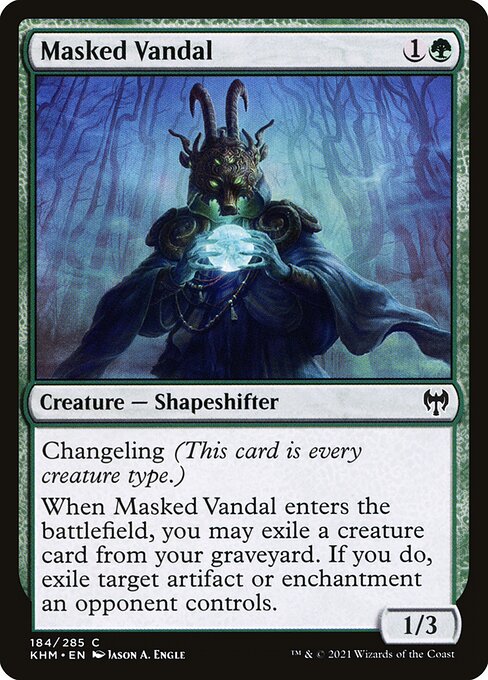


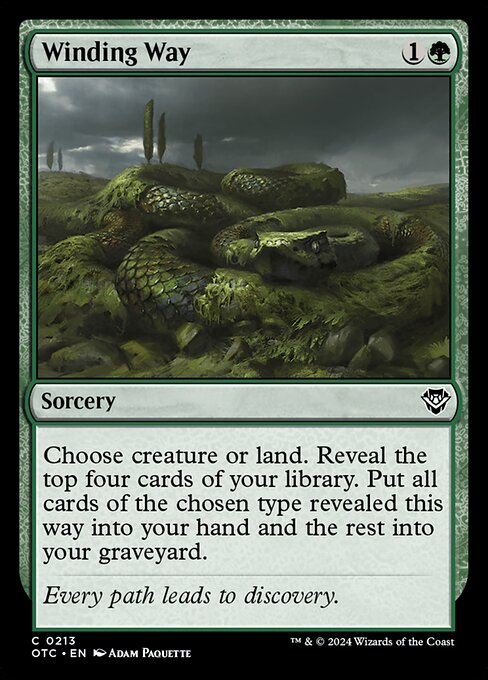

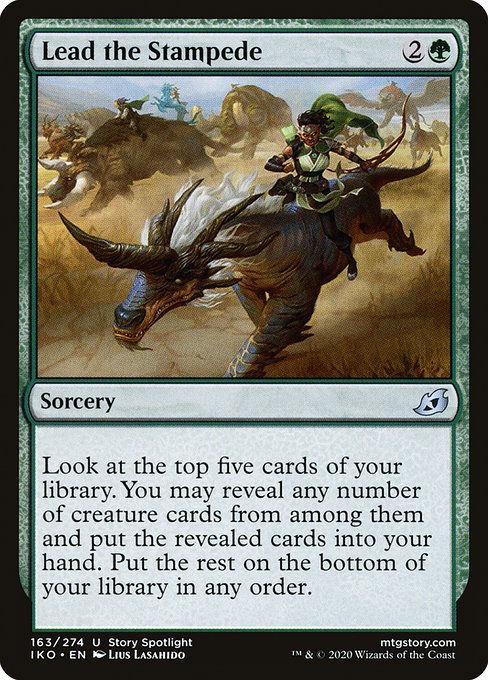
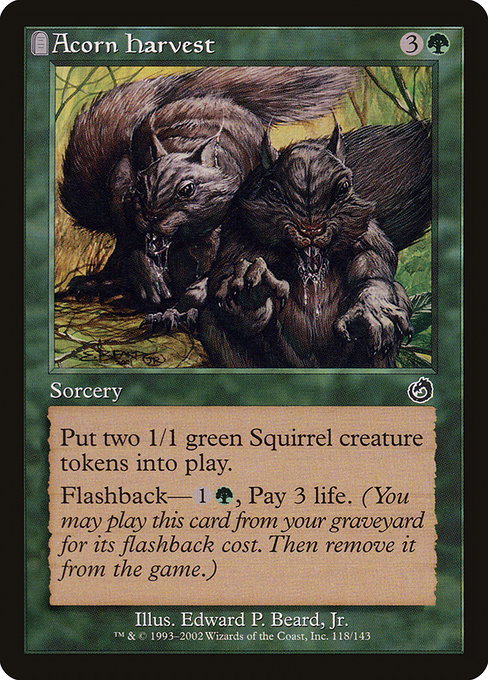
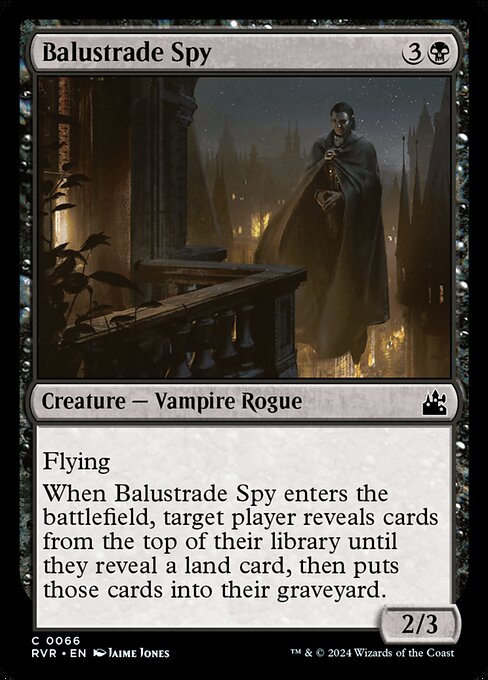
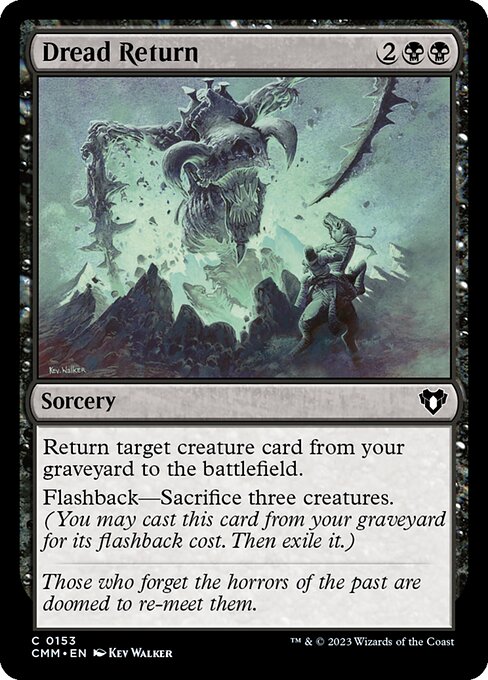

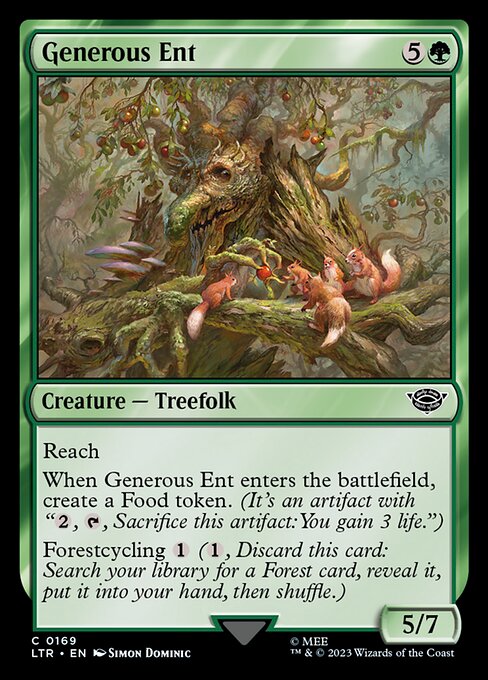

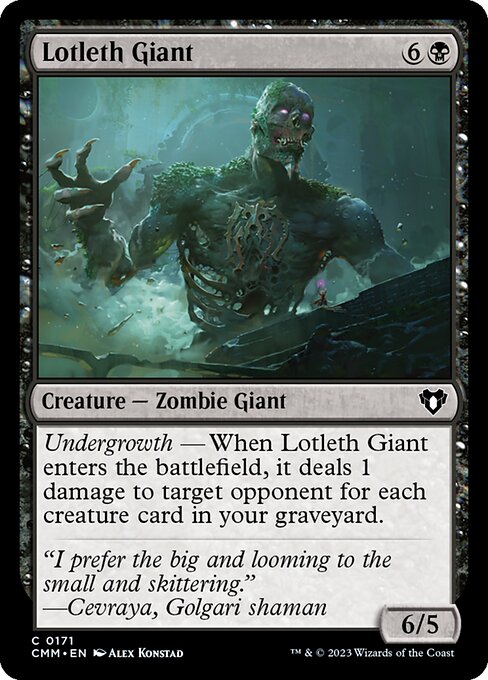
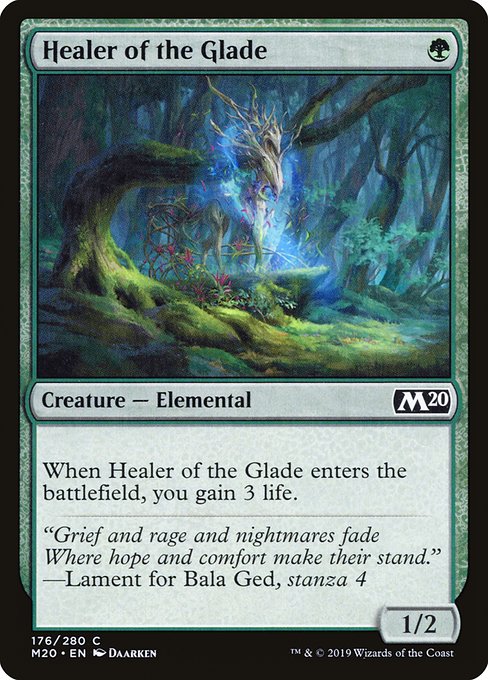
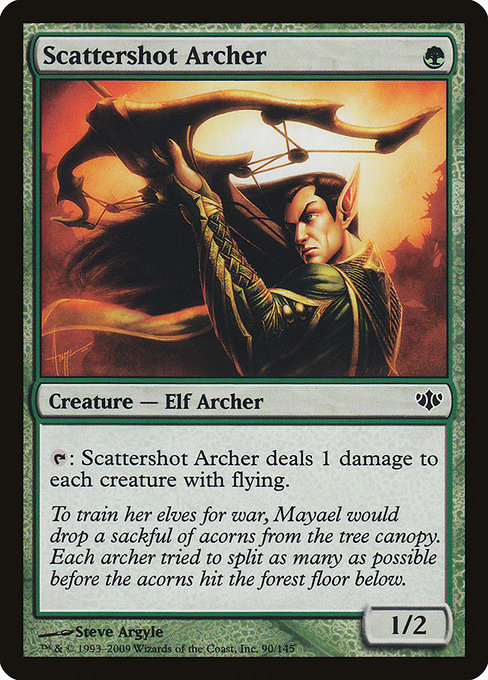
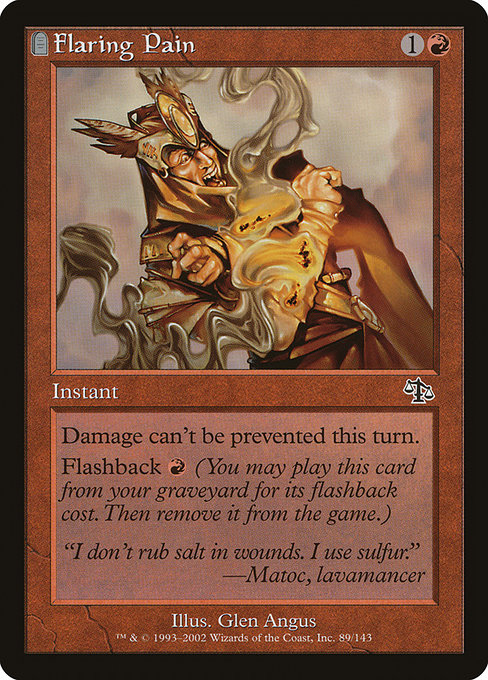
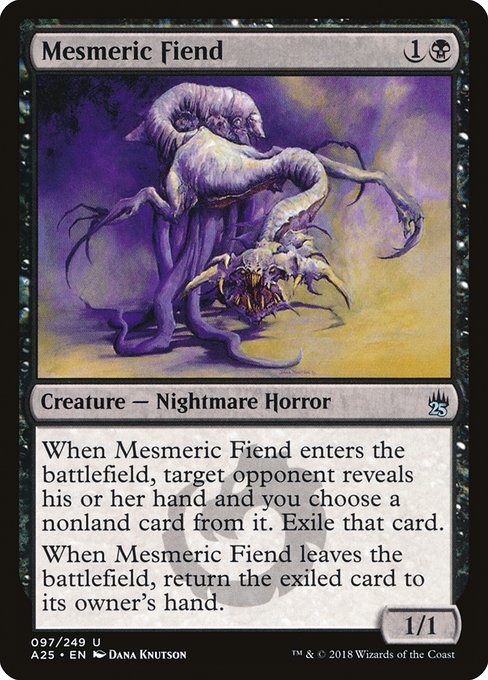
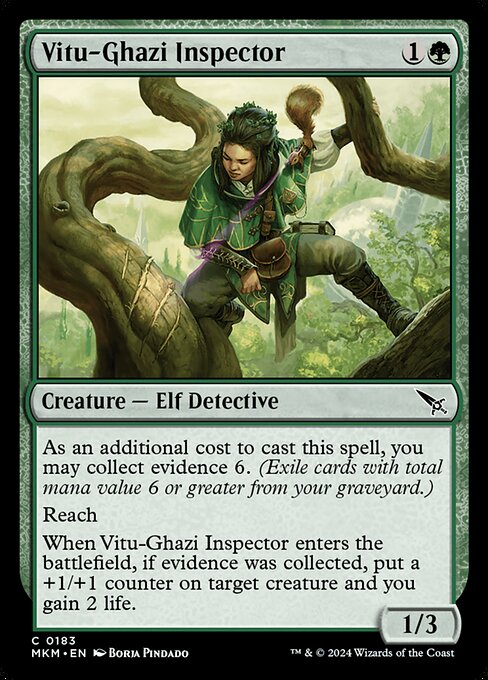
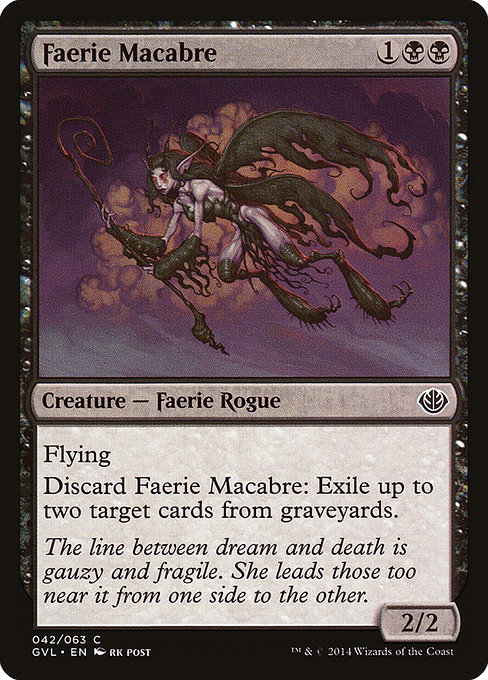
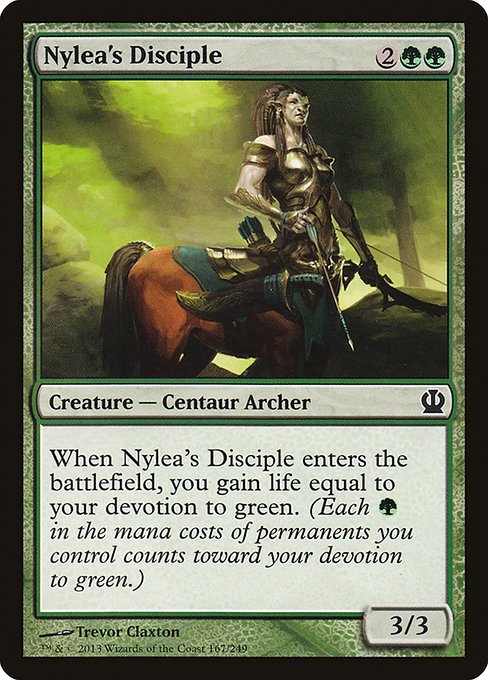
Best Card Choices for High Tide in Pauper
The general idea behind Spy Combo in Pauper is to craft a clean and efficient engine that sets up your graveyard, clears your deck of lands, and then finishes the game in one explosive turn. Let’s take a look at the cards that bring it all together.
The Enablers
The combo doesn’t work without a support crew getting you set up.
[cards]{{Land Grant}}[/cards]
[card]Land Grant[/card] is your MVP here—it fetches a land for free if your hand’s empty of them, helping reduce your deck’s land count fast.
[cards]{{Troll of Khazad-dûm}}{{Generous Ent}}{{Sagu Wildling}}[/cards]
Then you’ve got [card]Troll of Khazad-dûm[/card] and [card]Generous Ent[/card], both of which can be discarded to find lands through swampcycling or forestcycling. [card]Sagu Wildling[/card] gives you another basic land fetch when needed.
[cards]{{Commune with Nature}}{{Winding Way}}{{Lead the Stampede}}[/cards]
To dig through your deck and assemble your creatures, [card]Commune with Nature[/card], [card]Winding Way[/card], and [card]Lead the Stampede[/card] give you tons of selection.
[cards]{{Wall of Roots}}{{Overgrown Battlement}}{{Saruli Caretaker}}[/cards]
And [card]Wall of Roots[/card], [card]Overgrown Battlement[/card], and [card]Saruli Caretaker[/card] help ramp you into the mana you need while sitting on the board as potential sacrifice fodder for [card]Dread Return[/card].
[cards]{{Gatecreeper Vine}}{{Quirion Ranger}}[/cards]
Lastly, [card]Gatecreeper Vine[/card] and [card]Quirion Ranger[/card] both do their fair share of work in the deck. The Vine helps set up your hand with the right lands, while the Ranger keeps your mana flowing and your board flexible, making them essential pieces in getting your combo off the ground.
The Payoffs
The real fireworks begin when you land [card]Balustrade Spy[/card].
[cards]{{Balustrade Spy}}[/cards]
Once your deck has no lands left in it, this Vampire Rogue mills your entire library, triggering the cascade of effects that lead to your victory. From there, [card]Dread Return[/card] becomes your tool of resurrection. With enough creatures on the board, you flash it back to bring back [card]Lotleth Giant[/card], who then pings your opponent for each creature in your graveyard—often dealing 30 or more damage in one explosive hit.
Removal
Most of your focus is on assembling the combo, but [card]Masked Vandal[/card] doubles as your main piece of removal.
[cards]{{Masked Vandal}}[/cards]
By exiling a creature from your graveyard, you can take out a pesky artifact or enchantment that might be stopping your game plan, namely [card]Nihil Spellbomb[/card] or [card]Relic of Progenitus[/card] prior casting the combo. It’s a minor role in this deck, but it’s a solid one and can be critical in some matchups, especially post sideboard.
Win Condition
The entire game plan funnels into one final moment: resolving [card]Balustrade Spy[/card] to mill yourself, then flashing back [card]Dread Return[/card] targeting [card]Lotleth Giant[/card].
[cards]{{Dread Return}}{{Lotleth Giant}}[/cards]
Once the Giant hits the field, its undergrowth ability triggers and dishes out damage equal to the number of creatures in your graveyard. If all goes according to plan, that damage is more than enough to one-shot your opponent and end the game on the spot.
Spy Combo Strategy
In the early turns, your main goal is to get all the lands out of your library and into your hand. Cards like [card]Land Grant[/card], [card]Troll of Khazad-dûm[/card], [card]Generous Ent[/card], and [card]Sagu Wildling[/card] help you search up basic lands without playing too many from your deck. You’ll usually play just one or two lands to get going, relying on mana creatures like [card]Wall of Roots[/card], [card]Saruli Caretaker[/card], and [card]Overgrown Battlement[/card] to generate the mana you need while keeping your deck lean.
As the game moves into the midgame, you’ll start piecing together your combo. [card]Commune with Nature[/card], [card]Lead the Stampede[/card], and [card]Winding Way[/card] help you dig for the important cards—[card]Balustrade Spy[/card], [card]Dread Return[/card], and [card]Lotleth Giant[/card]—while also loading up your graveyard with creatures. That’s where [card]Acorn Harvest[/card] really shines; it’s usually cast from the graveyard to give you the extra bodies you need to flash back [card]Dread Return[/card]. [card]Gatecreeper Vine[/card] and [card]Quirion Ranger[/card] both do their part too, helping smooth out your mana and setting up your final turn. Once your library is land-free, you're just one Spy away from victory.
Tips and Tricks for Playing Spy Combo in Pauper
This deck is pretty straightforward once you understand the combo, but there are a couple of different ways to approach your mulligans. One option is to hard mulligan for [card]Balustrade Spy[/card]—getting it in your opening hand means you're already halfway to the win. The other option is to keep a hand with at least one basic land or a way to find one, like [card]Land Grant[/card]. Personally, I prefer the first strategy. Even though you have powerful dig spells like [card]Winding Way[/card] and [card]Lead the Stampede[/card], I've found it surprisingly hard to find Spy during the game unless it’s already in your opening hand.
On the other hand, there are nine ways to grab lands early, between actual basics and [card]Land Grant[/card]. That means once you get one land, you're likely to chain into more. Still, you need to keep drawing into them to make the combo work.
One of the threats for this deck is [card]Weather the Storm[/card], especially after sideboarding. If your opponent gains 30 or more life in response to your combo, you might have to go off twice. It’s rare, but it happens—and when it does, you'll need enough creatures and mana to flash back [card]Dread Return[/card] a second time. So keep that in mind as you plan your combo turn.
Spy Combo Pauper Sideboard Guide
The rest of the tips really depend on what you’re up against. Spy Combo is mostly a solitaire-style deck, but there are a few matchups where interaction matters—and that’s where your sideboard comes in.
[cards]{{Flaring Pain}}[/cards]
[card]Flaring Pain[/card] is your answer to [card]Prismatic Strands[/card], shutting off damage prevention so your [card]Lotleth Giant[/card] can still close the game.
[cards]{{Mesmeric Fiend}}[/cards]
[card]Mesmeric Fiend[/card] helps disrupt decks like Jund Wildfire or any blue deck with counterspells by snatching key interaction before you go off.
[cards]{{Weather the Storm}}[/cards]
[card]Weather the Storm[/card] is also in your sideboard, but this time it’s for you—helping you stabilize against aggressive decks with early pressure.
[cards]{{Scattershot Archer}}[/cards]
[card]Scattershot Archer[/card] is a clean and efficient answer to Faeries, especially decks running [card]Spellstutter Sprite[/card] or lots of evasive 1-toughness creatures. You don’t need to overcommit—just having one in play can wipe their board or at least slow them down enough for you to safely set up your combo.
[cards]{{Jack-o'-Lantern}}[/cards]
[card]Jack-o'-Lantern[/card], on the other hand, is a flexible sideboard tool. It serves as graveyard hate when you need to disrupt opposing combos or recursion, but it can also help fix your mana in slower hands. If you're running [card]Flaring Pain[/card], it becomes even more valuable, since it lets you exile a card from your graveyard to help cast it again if needed. It's not flashy, but it’s the kind of utility piece that smooths out the rough edges in tricky matchups.
[cards]{{Faerie Macabre}}[/cards]
And finally, [card]Faerie Macabre[/card] is your go-to mirror tech. It’s a zero-mana, instant-speed way to exile your opponent’s [card]Lotleth Giant[/card] before they can reanimate it, shutting down the combo cold.
As far as what to take out, it will be either a combustion of [card]Masked Vandal[/card] or [card]Acorn Harvest[/card] + [card]Commune with Nature[/card]. Don't oversideboard though and try not to touch the key cards from the main deck that enable the combo to run smoothly.
Wrap Up
As you can see, what sets Spy Combo apart is how easy it is to assemble and how tough it is to disrupt in game one. It’s a clean, explosive strategy that punishes unprepared opponents and rewards smart mulligans and sequencing. If you’re interested in diving deeper or chatting with the minds behind the deck, hop into the Walls Discord server—many of the deck’s creators and top pilots are active there and always open to discussion.
As always, take care, and we will meet again in my next article.
My Favorite Pauper Setup
Here are some of my favorite MTG products for Pauper—stuff I’ve tried, loved, and think you'll find super useful too.
The Amazon links use affiliate codes that help support future content if you grab something.


.jpg)

.jpg)
.png)
.webp)


.webp)
.jpg)
Comments
Post a Comment